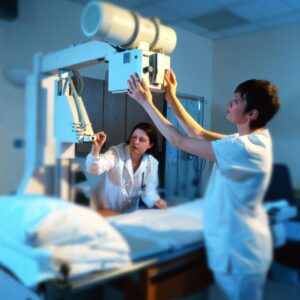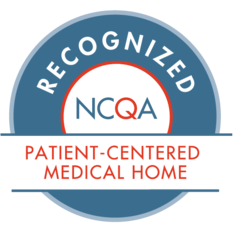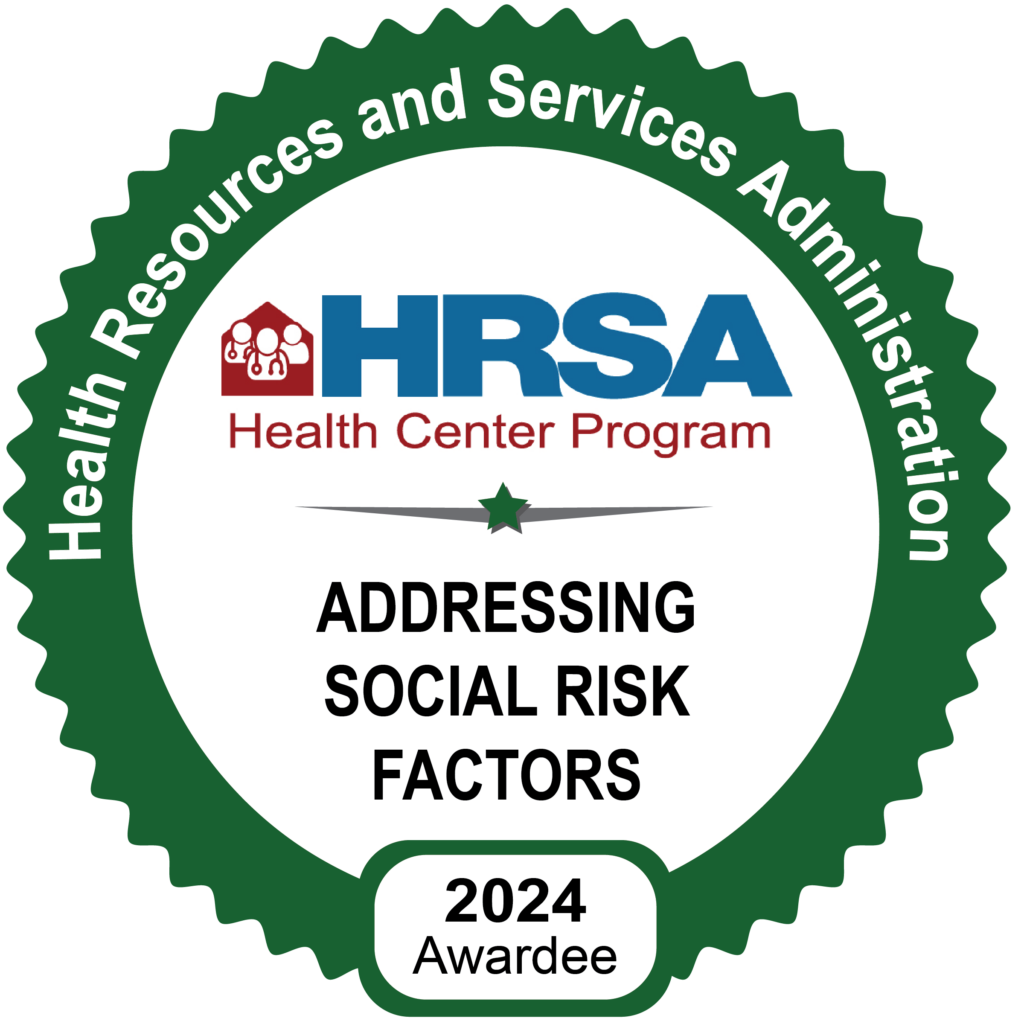Facts About X-Rays
You likely have had x-rays before. X-rays, formally referred to as radiographs, are common imaging procedures ordered by healthcare providers and dentists. X-ray machines pass x-ray beams (a form of ionizing radiation) through a part of the body to produce images. These images allow healthcare providers and dentists to see if there are problems, like a broken bone or a cavity.
 Healthcare providers and dentists both use x-rays for your care. A healthcare provider may recommend x-rays to look for bone fractures, tumors, injuries, or signs of pneumonia in the lungs.
Healthcare providers and dentists both use x-rays for your care. A healthcare provider may recommend x-rays to look for bone fractures, tumors, injuries, or signs of pneumonia in the lungs.
X-rays are also often a routine part of your dental check-up so your dentist can catch any early signs of problems.
Dentists take x-rays to check for cavities or other dental problems. How often you need x-rays at the dentist depends on your dental health history, risks or symptoms, and your age. Children typically need x-rays more often because their teeth and jaws are still developing.
What to Expect
Before the x-ray
- Make sure to let your healthcare provider or radiologist (medical professional specially trained in radiation procedures) know if you are pregnant or think you could be pregnant.
- You may be asked to remove anything metallic you are wearing like jewelry or clothing with zippers.
During the x-ray
- You may need to stand or lay down in a certain position or angle while the image is completed.
- For some dental x-rays you will be asked to bite down on a device that is placed in your mouth in a few different positions.
- Depending on the part of your body being x-rayed, you might be provided with a lead covering to prevent radiation from reaching other parts of your body.
Your healthcare provider or dentist should recommend an x-ray when they believe that the benefits to your health outweigh any risk. Talk to your CommWell health healthcare provider or dentist to decide when x-rays are the best choice for you.
Your risk of any long-term effects of ionizing radiation from x-rays depends on the part of the body being x-rayed. Some organs or tissues are more sensitive than others. Your risk is also based on the amount of radiation exposure. This may include the total number of medical procedures using radiation, over time.
Bone Health
Bone health is a critical aspect of overall well-being, yet millions worldwide grapple with a silent threat that weakens bones: osteoporosis. This condition, often undetected until a fracture occurs, poses a significant risk, particularly among older patients. Being aware of the condition and knowing what preventive measures to take are key.
About 10 million Americans have osteoporosis and another 44 million have low bone density, which places them at increased risk of the disease, according to the National Osteoporosis Foundation. Meanwhile, half of women and up to 25% of men will break a bone in their lifetimes due to osteoporosis, according to the Bone Health and Osteoporosis Foundation.
Did You Know?
CommWell Health offers In-House X-Rays at the following locations:
CommWell Health Four Oaks Multi-Specialty Clinic
Call and schedule an appointment today, CommWell is always ready to serve you.
1- 877-WELL-ALL (935-5255)
What doctors wish patients knew about osteoporosis | American Medical Association
















